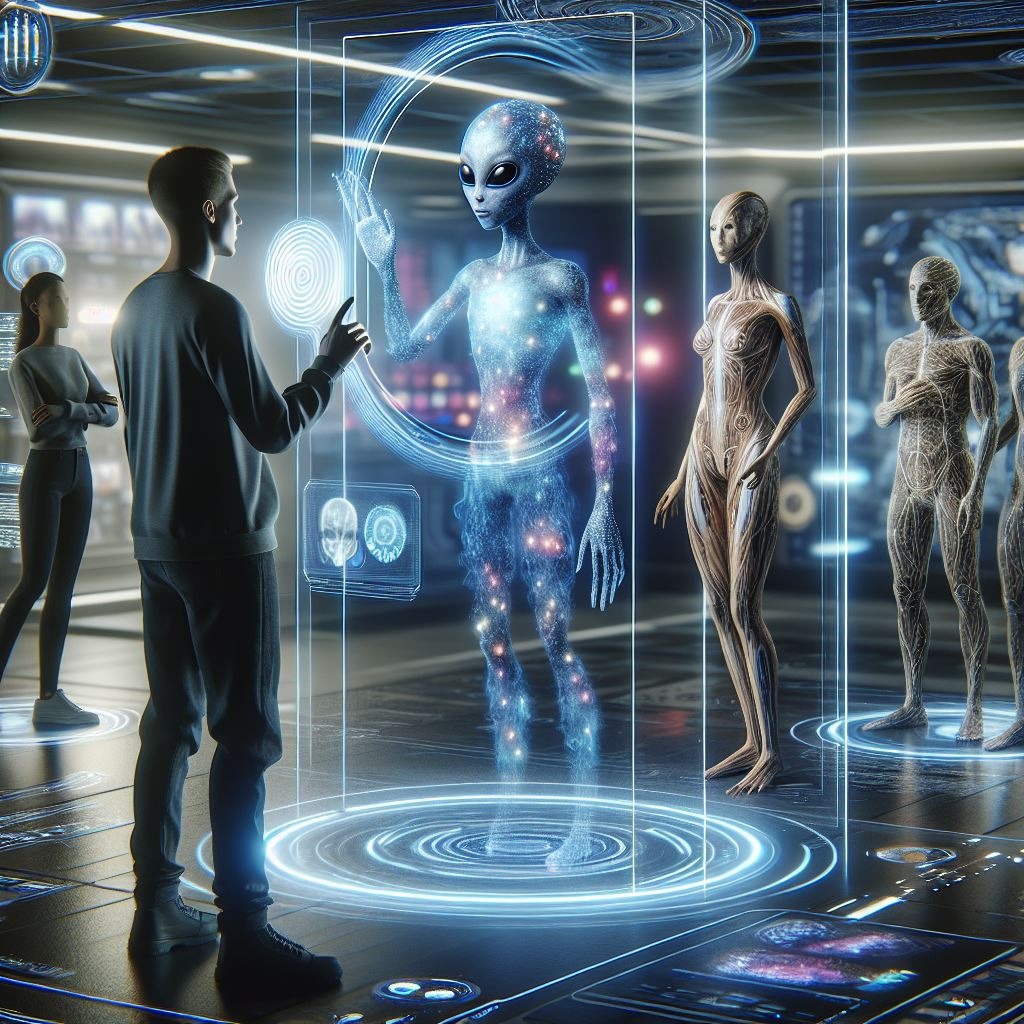
In the film Arrival, a linguist must decipher an alien language based on palindromic phrases. Today, if we were faced with a similar situation, research into artificial intelligence (AI) could help us understand how languages develop. Although human language leaves no traces in fossils, we can simulate the evolution of language using AI, which can learn to communicate through experiments with artificial agents.
In these experiments, AI agents are tasked with solving problems that require communication between them, without predefined rules. Through trial and error, they learn to communicate about objects and situations. The same process can be applied to humans, who, interacting without a common language, develop a form of communication. However, a major challenge is understanding what words mean, especially if they are developed only between artificial agents.
To decipher these languages, linguists use tools based on information theory, similar to those used by archaeologists to reconstruct ancient languages. These tools allow us to analyse conversations between AI agents and discover patterns that could help us understand how they structure communication.
This research is not only relevant to aliens, but can also be applied to improve communication between AI and enhance technologies such as autonomous vehicles or drones. In the future, decoding emerging languages could make technologies more understandable and easier to use.